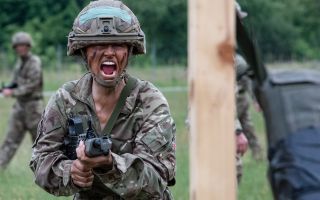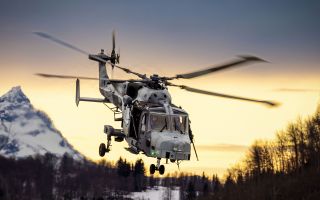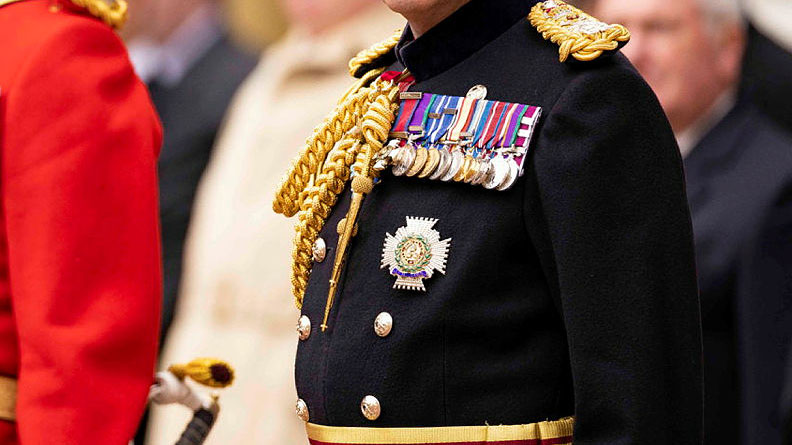
Lima Charlie: Why does the British Army have so many generals?

Chief of the General Staff General Sir Patrick Sanders is to step down from his role in early 2024, after barely two years in the post.
The surprisingly short tenure has raised questions about the reasons for his early departure.
One rumour in the media is that it was linked to criticism of proposed defence cuts which may reduce the size of the British Army to below 73,000 soldiers as part of wider reforms to defence being proposed in the Integrated Review refresh.
In turn, this has led to wider debate about what is the 'right' size for the British Army and how many soldiers it needs to do the roles assigned to it.
There is no easy answer to this question.
In 2010, the British Army was around 100,000 strong, while in 1991 it was nearly 160,000 strong.
Despite these significant cuts (some 90,000 regular troops), in the last 30 years, there is also a belief that the number of senior officers in service has remained relatively static.
The perception is that there are too many senior generals in service for a British Army a fraction of the size that it used to be.
Is this a fair suggestion and how many senior officers does the British Army need?

In the UK military hierarchy, the official split between mainstream soldiers and 'senior' officers occurs at the 2* level – this is the rank of rear admiral, major general and air vice marshal.
Prior to this point, salaries are determined by the Armed Forces Pay Review Body (AFPRB), while at 2* and above it is handled by the Senior Salary Review Body.
At the time of writing, there are a total of about 44 major generals (both Regular and Reservist), nine lieutenant generals and three generals on active duty in the British Army.
These numbers vary slightly from year to year due to both reductions in force size and the rotational nature of other posts (for example some may be Nato or tri-service roles).
To the critical observer though, having more than 50 generals in service for an Army of barely 70,000 regular troops may seem unduly high.
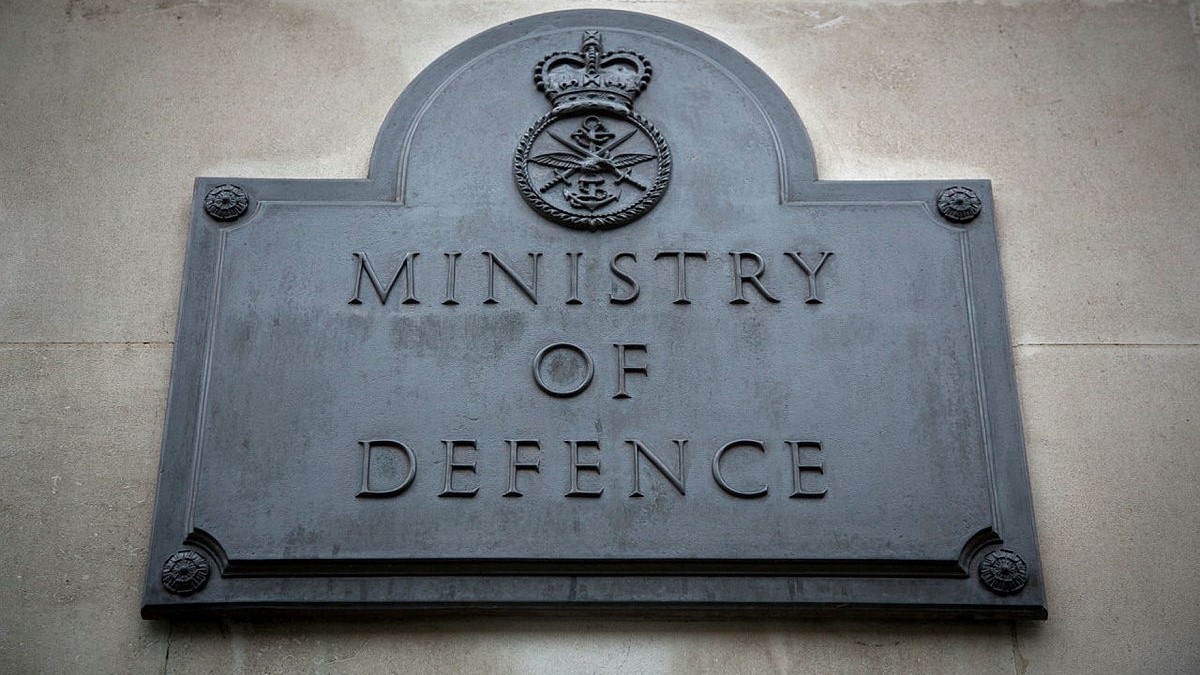
What is it that they all do and why does the British Army need this many generals in its ranks?
To start with, there are different types of jobs carried out by 2* officers, many of which are not actually involved in commanding combat formations.
In very broad terms, the role of generals breaks down into several discrete areas.
The first set of posts are those linked to managing the British Army itself.
Some generals are responsible for leading the operational delivery of military capability, having a role in commanding operational formations like 1(UK) Division, where they are responsible for leading and preparing their troops to be ready to deploy as required.
This is perhaps the most publicly understood part of what generals can do but it is just one part of the picture.

Like any major company, the British Army is a complex organisation that employs tens of thousands of regular, reservist and civil service personnel based at locations all over the world and has an annual operating budget worth billions of pounds.
Several generals are employed to lead the organisations and structures that help manage this incredibly complicated system.
For example, the Chief of the General Staff is responsible for the overall leadership and management of the British Army, while others are responsible for personnel management and training or working in planning and strategy areas that are essential for future operations.
The next major group is generals in Nato or other international roles where they fill essential roles in coalition forces.
At least five officers are based in key posts including Deputy Commanding General of US or Nato formations, helping fill a key international liaison role.
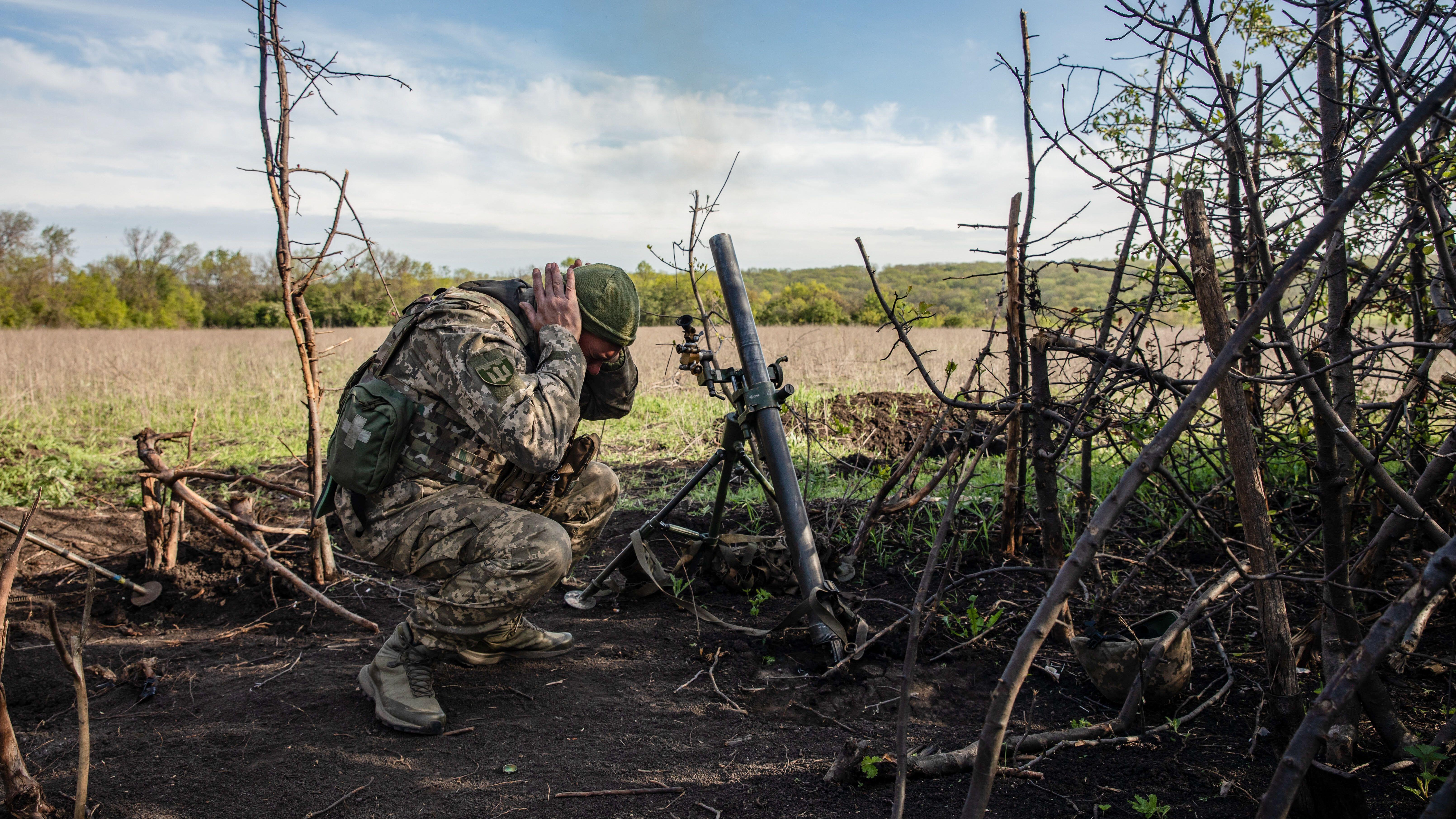
The British Army is highly unlikely to take part in major warfighting operations in future unilaterally and instead will almost certainly do so as part of a UN or Nato coalition.
Ensuring British Officers are in these posts helps ensure UK influence can shape how operations are planned and executed.
It also helps build international relationships to make it easier to jointly work together.
These posts are essential to ensuring long-term operational success for the British Army on operations and, since the Ukraine conflict began, their importance has become even more critical with the reinvigoration of Nato and the need to ensure effective alliance partnerships to deter Russia.
A key task is ensuring that major equipment and IT projects are properly managed and led.

The British Army has an annual equipment budget worth billions of pounds, buying vehicles, weapons and equipment that will be in service for decades to come.
There are several British Army generals responsible for leading major defence procurement areas, either individual projects or wider portfolios of equipment (such as defence digital infrastructure).
These posts are critical to securing the future of the British Army (and wider UK forces), so it is essential they are properly led by military personnel.
Another area of real importance is filling the so-called 'purple' or tri-service jobs that are filled on a rotational basis across all three services.
This can range from being the Chief of Defence Staff, acting as the most senior military advisor to the Prime Minister on matters relating to the Armed Forces, to running operational headquarters like PJHQ (Permanent Joint Headquarters) or Strategic Command.
There are also wider tri-service roles that command training and support establishments, leading organisations that work across the whole of the MOD for support.
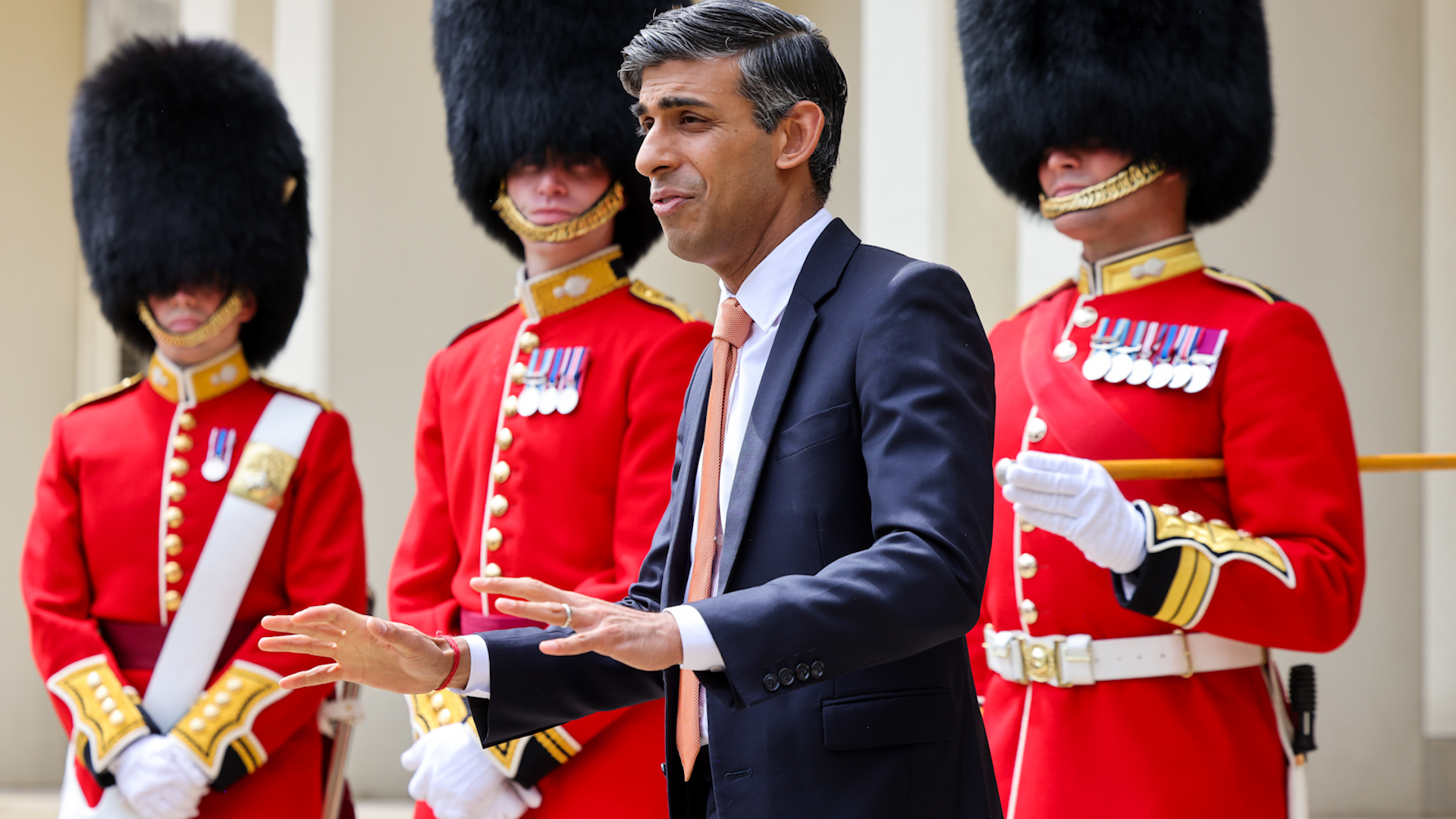
The British Army will usually provide several senior generals to fill these posts to help maintain influence and ensure all three services share responsibility for leading major joint areas.
The last broad area where generals are required is in the specialist training and advice areas.
For example, the most senior lawyer in the British Army is a major general while there are also senior medical and chaplaincy officers too.
There are also training establishments led by the British Army that require senior leadership – such as the Royal Military Academy Sandhurst, which is commanded by a major general.
Brought together, this means there are several different roles and posts that the British Army must provide generals for.
But what are the reasons for sticking with using generals and not dropping to more junior ranks?
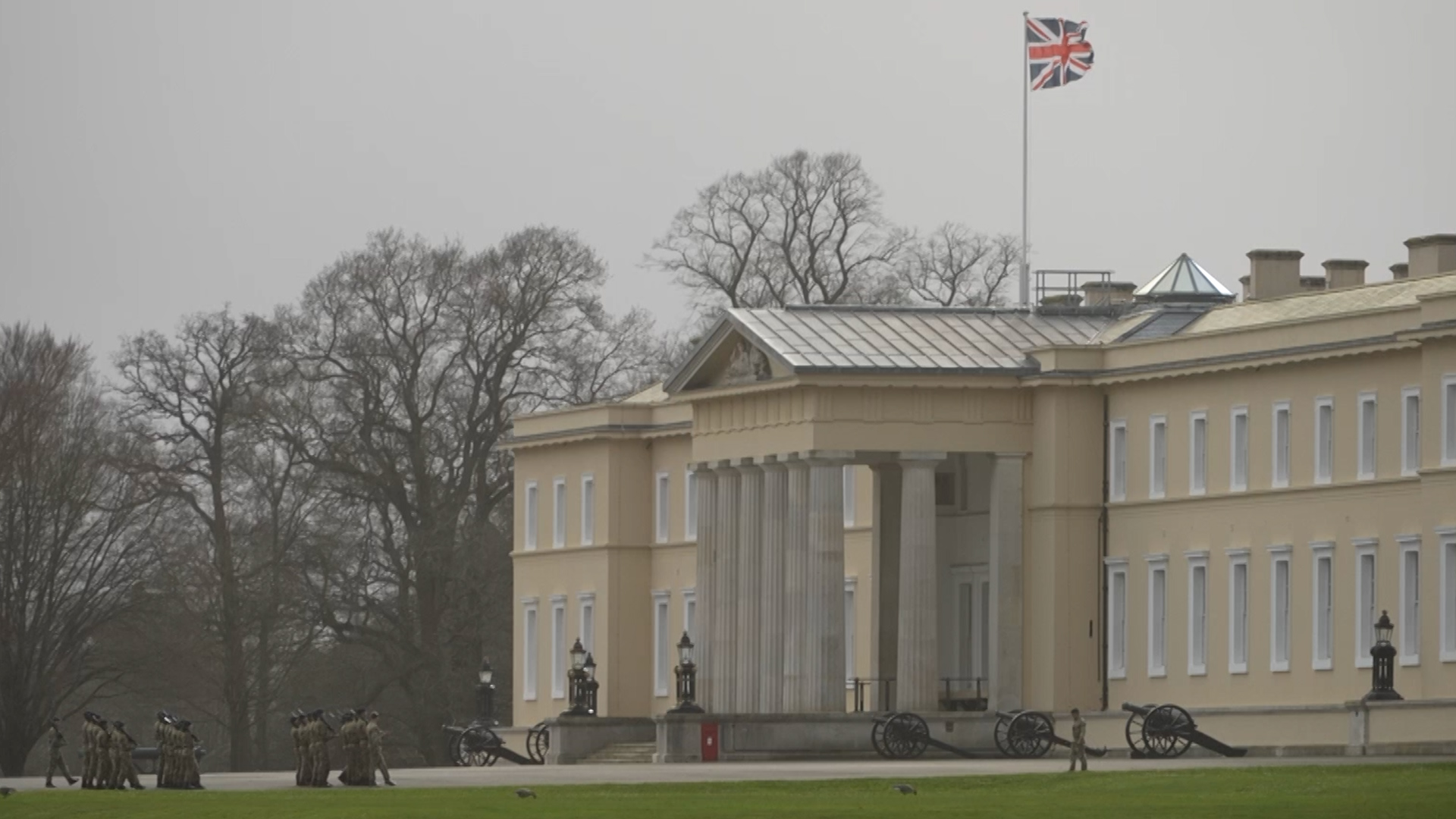
For starters, the career model of the Armed Forces makes it difficult to replace people after they have joined.
With bottom-fed entry, it can take decades to train a replacement in the right skills and knowledge to carry out a specific role.
You cannot easily recruit externally for experienced company or regimental commanders, let alone someone with the skills, experience and wider professional network needed to lead an armoured brigade.
People filling the most senior jobs do so because of gaining 25 to 30 years of credible experience in their career path that could not have been gained elsewhere.
This means you need to offer a career that people want to do.
Part of the challenge is offering meaningful career prospects to more junior officers to help persuade them to stay in.

If you look at officers in their late 30s and early 40s, they will probably have commanded sub-units or up to battalion level, but it may now be some years before they command again at brigade or division level.
It is inevitable at times like this they will be tempted to consider wider career options outside the British Army.
If you remove the opportunities for career advancement and make it harder for the British Army to generate meaningful opportunities at senior levels, then people will see a reduction in opportunities further down the scale – reducing each post by one rank in level will slow promotion and mean longer spent in rank.
This, in turn, makes retention harder and increases the possibility of more gaps opening up among the mid-career officer cohort who have done 10 to 15 years but see little prospect of meaningful change or promotion for many years to come.
If your career path is too limited and posts that were once done by a major general are now done by a brigadier or colonel, you've reduced the promotion opportunities available.
People will need to stay in the same rank for longer, reducing their prospects to earn more money and gain increased responsibility. With reduced career prospects and slower promotion, it becomes much harder to persuade people to stay in.
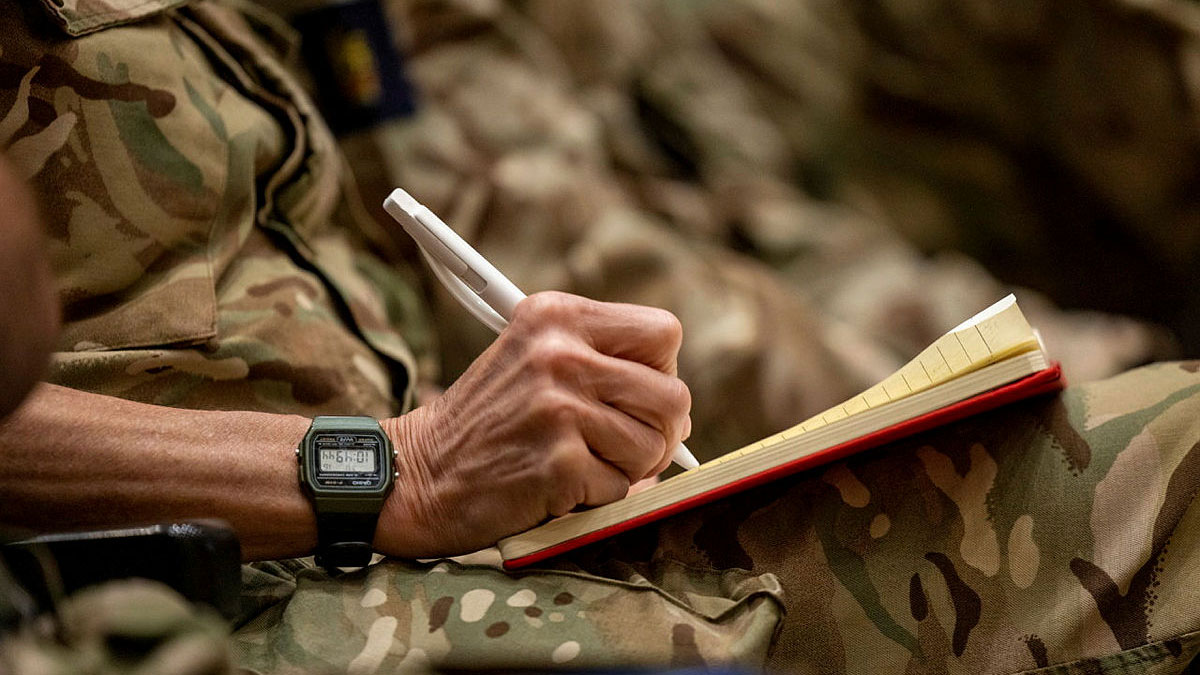
One of the benefits of the rank structure as it currently exists is that promotion is possible in realistic timeframes, providing a clear incentive to remain in, rather than leave. Slow this down or remove it and retention becomes far harder.
Another reason why ranks matter is how they are seen by others.
As noted, many British Army senior roles are internationally based and work with other nations or alliances.
The reality of these organisations is that rank and experience matters – only the very best candidates are accepted for top Nato jobs and without the right background and experience, your ability to fill the job is limited.
In a rank-based organisation, a colonel carries far less power and authority than a major general and lacks the same 'soft network' of equal-ranked friends and influence that these more senior roles carry – it is far easier to arrange meetings or speak to other seniors when you have the same rank as them than it is as a junior.
This may sound a minor point but, given the critical importance of Nato and other alliances to UK defence planning, having the right calibre of people with credible experience to fill these roles is essential.
Without it, the UK may lose the ability to fill posts that really matter, making it harder to shape the outcome of future military operations.
For example, in Iraq, not only was the UK a major troop-contributing nation, but it also provided a 3* Lieutenant General as the Deputy Corps Commander, essentially the second in command of coalition forces to help shape allied plans and operations in the country.
This was only possible due to the number of credible officers with the experience of commanding and operating forces at this scale and who were experienced seniors.
Had the UK de-ranked its career path, then it is less likely there would be credible officers available to fill this role.
A similar argument can be made for the tri-service roles that the British Army fills.
Unless there is agreement across all three services to reduce their ranks and flatten career structures, then the British Army will find itself at a disadvantage to the other services, having less suitable candidates to put forward for key roles.
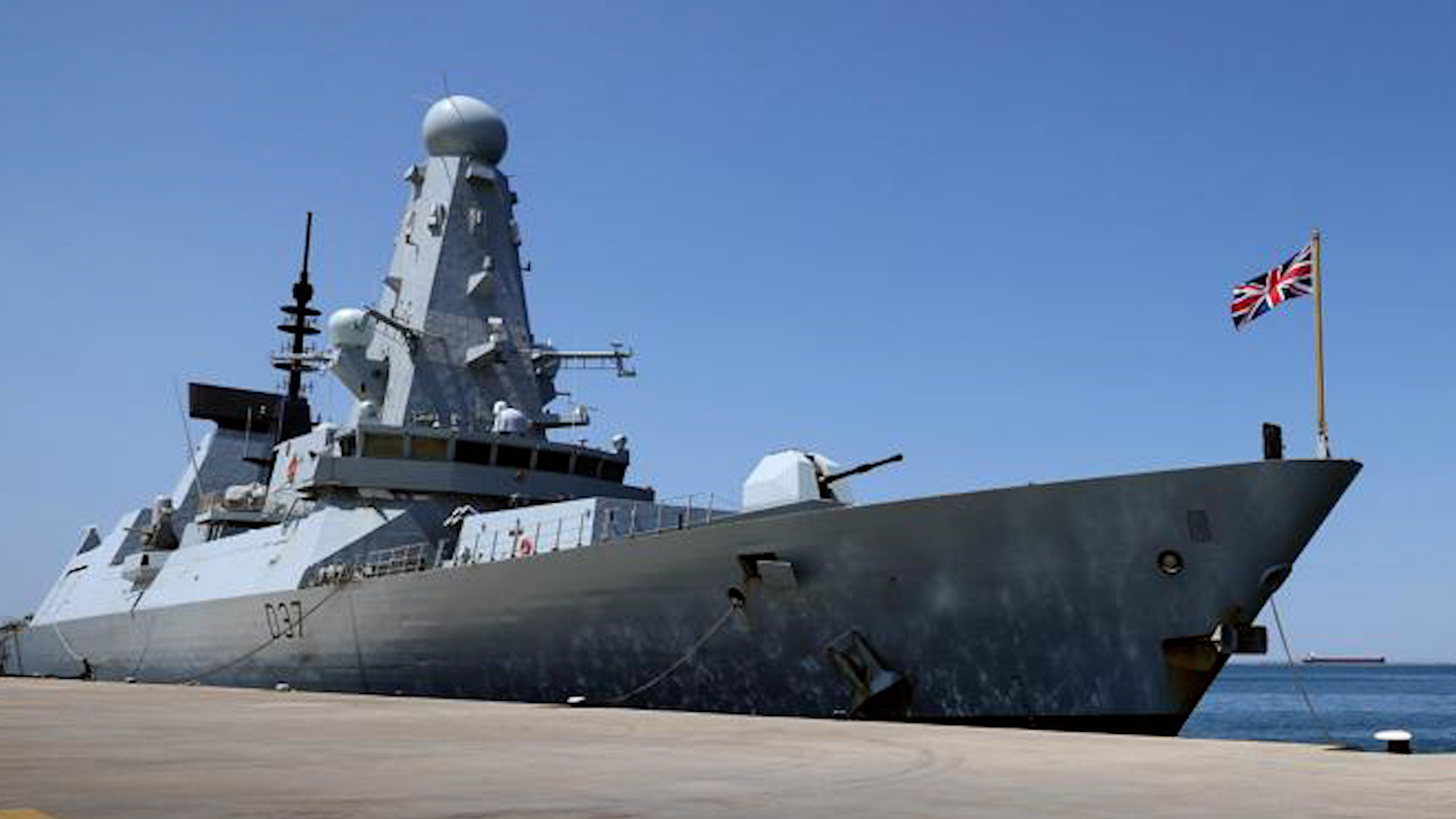
Without a meaningful career path for officers, the British Army long term will find itself struggling to get good quality candidates into senior posts.
This could reduce opportunities for senior British Army officers to help shape the best outcomes for their service and instead see the Royal Navy and Royal Air Force have far more influence over defence policy and procurement.
The final reason why it may feel that the UK has lots more generals compared to the size of the British Army than it has in the past is that there are relatively few roles that could easily be got rid of.
If you look at the posts that most 2* and above officers are in, they are either Nato or international posts which will always require a 2* to fill or tri-service posts that would need consensus to reduce in rank (and in turn would impact on all three services career planning), or they are in posts that will always need to be done – e.g. for as long as there are Armoured Divisions and Field Army headquarters, there will need to be senior leaders present to lead these formations.
There are arguably very few jobs out there that could easily be done by more junior personnel and very few that could be cut without damaging the structure of the British Army.
There are also, relatively speaking, very few jobs in the British Army at this level. Fewer than 0.1% of British Army strength is officers at 2* level or above and, when you factor in the number of international, exchange and tri-service posts out of this, the total number of British Army generals is barely 0.05% of the strength of the Army – a very lean figure by any expectation or industry comparison.
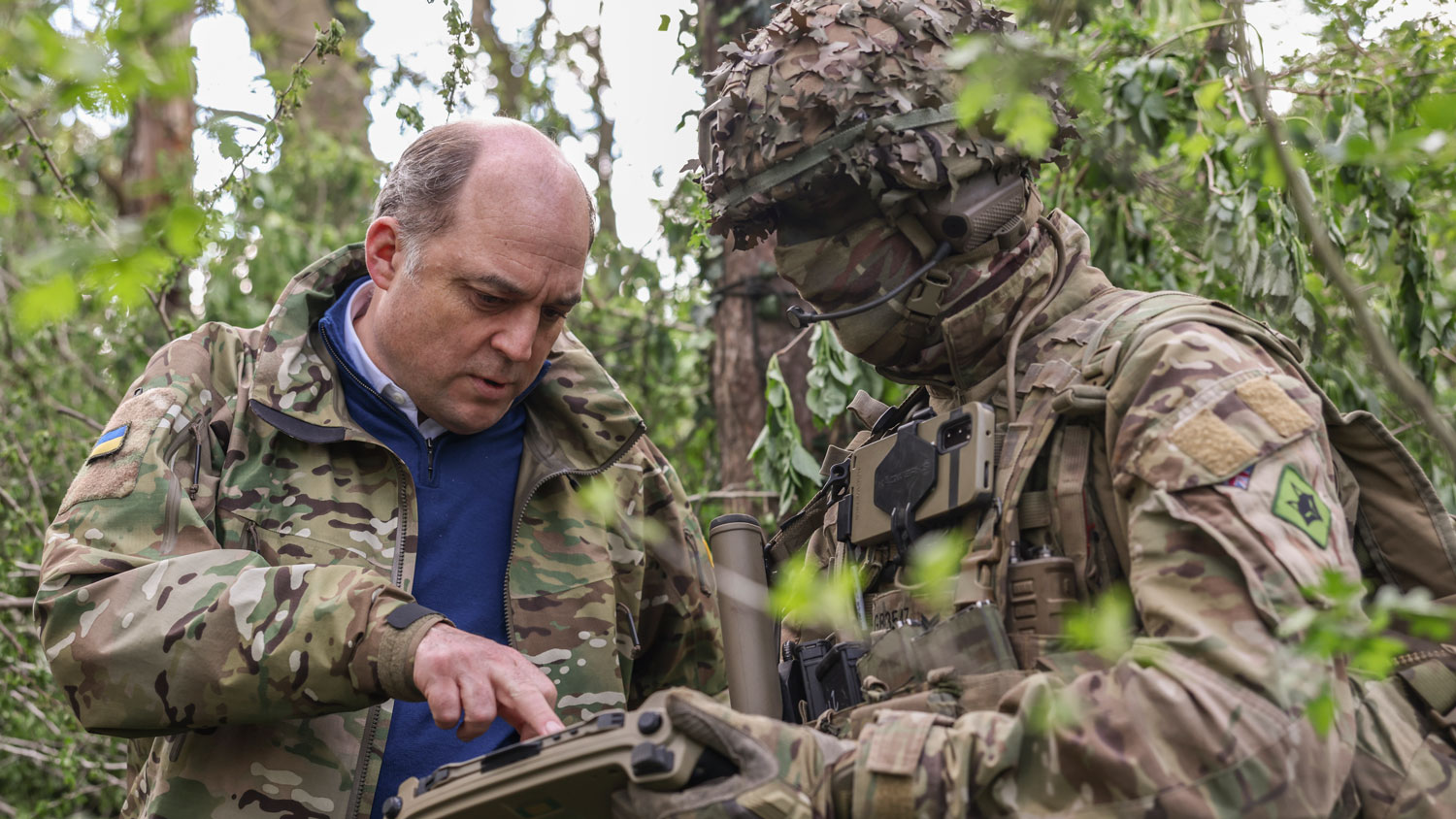
Even if a decision were taken to reduce most posts in rank, the savings would still be tiny.
According to salary figures, the average 2* officer earns only around £10-15,000 per year more than a 1* officer.
Even if every 2* job was de-ranked down to 1*, the total saving would be less than £1m per year – which may sound a lot but represents a tiny fraction of the overall defence budget.
The longer-term damage such a move would do, though, may cost far more than it saves in terms of retaining more junior personnel, particularly at the mid-career point.
While it is entirely understandable that people worry the British Army has 'too many generals', the reality is that these are posts that cannot easily be scrapped and where it is in the UK's longer-term best interests to keep them.
It isn't easy to outright scrap generals without having a major impact on wider careers for other officers and the cost savings from doing so are marginal at best.
There is little to be gained and much to potentially be lost from reducing generals simply to appease public opinion.
This article is the latest contribution in our Lima Charlie columnist section.
This is part of a series featuring unattributed contributions from experts and insiders providing opinion, insight and analysis on today's Armed Forces, the wider politics of the military and observations on military life.
Under the pseudonym Lima Charlie, our contributors aim to explore the issues facing the military and their comment remains unattributed to allow our writers to present their analysis candidly and under one editorial voice.




